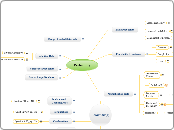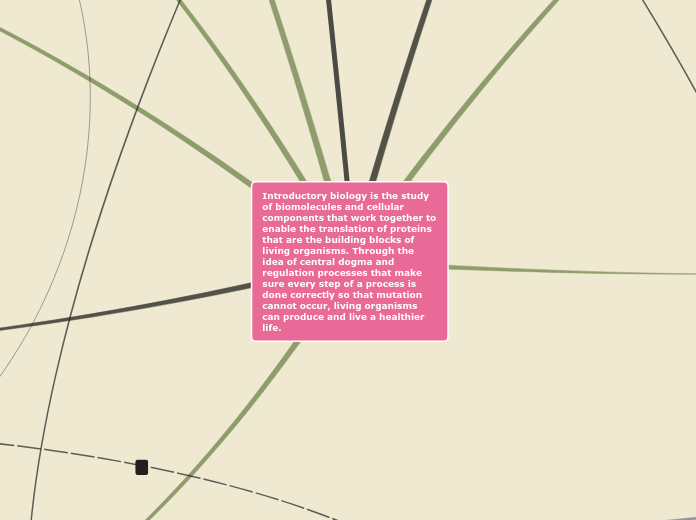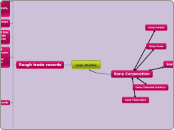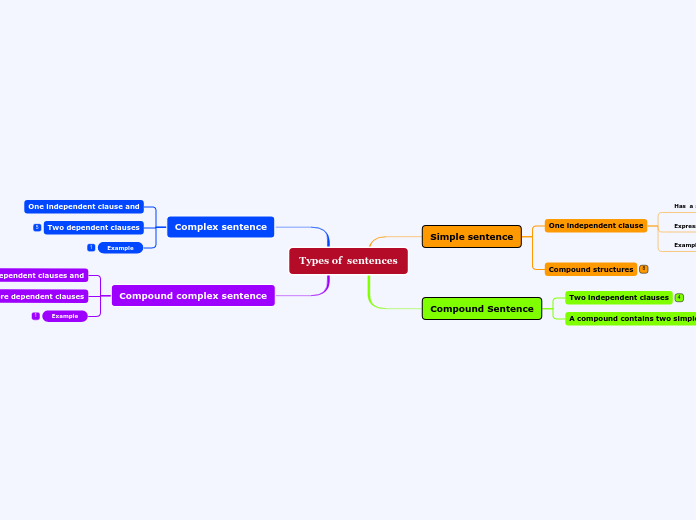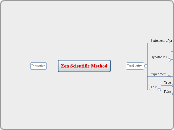Range of probabilities rule
the probability of an event E is between 1 and 0, inclusive.
Counting
Combinations
a selection of r objects from a group of n objects without regard to order and is denoted by nCr. The # of combinations of r objects selected from a group of n objects is
nCr= n!
(n-r)!r!
Question # 23, pg. 179
A lottery has 52 numbers. In how many different ways can 6 of the numbers be selected? (Assume that order of selection is not important.)
=52 C 6
=20,358,520
Permutations
an ordered arrangement of objects. The # of different permutations of n distinct objects is n!
Question # 20, pg. 178
Eight people compete in a downhill ski race. Assuming that there are no ties, in how many different orders can the skiers finish.
=40,320
FundamentalCounting Rule
if 1 event can occur in m ways and a second event can occur n ways. The # of ways the two events can occur in sequence is m*n. This rule can be extended for any # of events occurring in sequence.
Question #41, pg. 180
A password consists of two letters followed by a five-digit number. How many passwords are possible if (a) there are no restrictions and (b) none of the letters or digits can be repeated?
(a) 26*26*10*10*10*10*10= 67,600,000
(b) 26*25*10*9*8*7*6= 19,656,000
Probability
Law of Large Numbers
as an experiment is repeated over and over, the emperical probability of an event approaches the theoretical (actual) probability.
Subjective Probability
results from intution, educated guesses, and estimates.
Multiplication Rule
Keyword "AND"
at least one
Problem J
ConditionalProbability
the probability of an event occurring, given that another event has already occurred. The conditional probability of event B occurring, given that event A has occurred, is denoted by P(B/A).
Problem C
DependentEvents
events that are not independent are dependent.
Problem A
IndependentEvents
if the occurence of 1 event does not affect the probability of the other evert. Two events A &B are independent if P(B/A)= P(B) or if
P(A/B)=P(A)
Probelem H
Probability Experiment
an action, or trail, through which specific results (counts, measurements, or responses) are obtained.
Event
a subset of the dample space. May consist of one or more outcomes.
Simple Event
an event that consists of a single outcome.
Sample Space
the set of all possible outcomes of a probability experiment.
Outcome
the results of a single trail in a probability experiment.
Addition Rule
Keyword "OR"
Non-Mutually Exclusive
If A and B are not mutually exclusive then,
P(A or B) = P(A) + P(B) - P(A and B)
Problem F
Mutually Exclusive
Mutually Exclusive Events are events that cannot occur at the same time.
If A and B are mutually exclusive,
P(A and B) = 0
If A and B are mutually exclusive,
P(A or B) = P(A) + P(B)
Problem B
Basic Probability
Complement of Event E
the set of all outcomes in a sample space that are not included in event E.
Problem E
Empirical Probability
is based on observations obtained from probability experiments.
P(E)= Frequency of event E = f
Total frequency h
Problem I
Classic Probability
is used when each outcome in a sample space is equally likely to occur.
P(E)= number of outcomes in event E
total # of outcomes in sample space
Problem G
